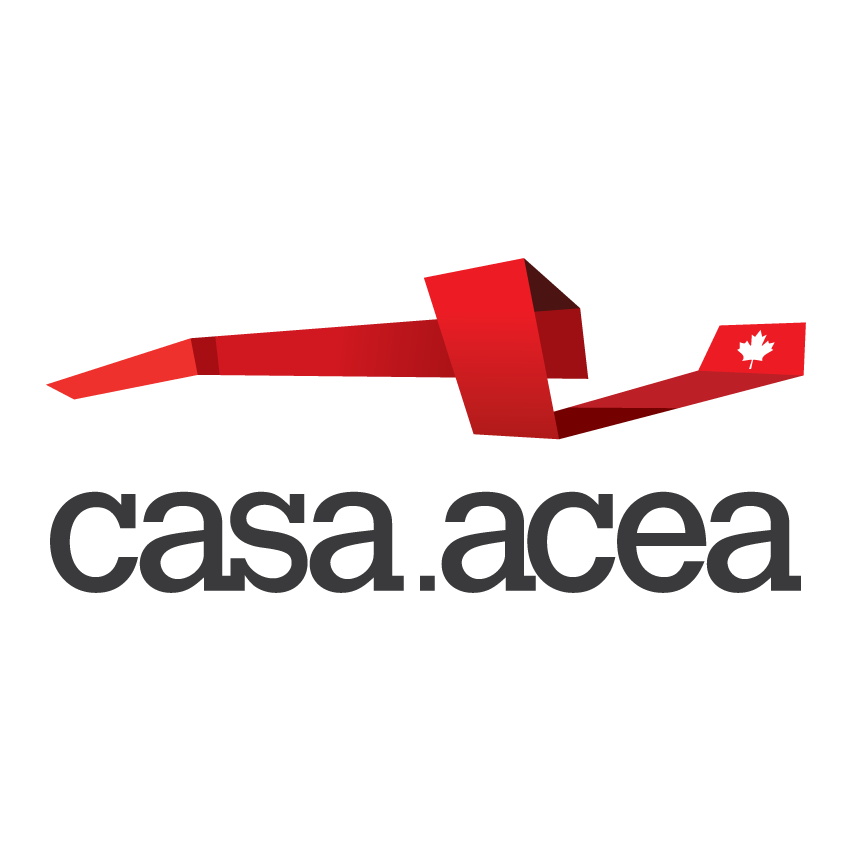How to Prepare for your First Year of Architecture School
Phil Moreau
Dalhousie University
There are many different avenues to arriving at your first year of architecture school.
You will find within your first-year studio that students will vary in age, experience, background and skill level. This is what creates a successful studio!
Some students know in high school that this is their path. Entering University or College to complete your required first two years of undergrad is where you can be strategic in choosing your classes or program that will ground your future learning.
Prior to applying, you should sit back and reflect on your motivations and inspirations to go to architecture school. This will be helpful when applying and may help guide you towards the school that best fits your academic goals. Build your application portfolio in a way that will represent these thoughts and portray your educational, work and life experiences. These are all relevant!
Once you’re accepted, take the time to look into the profs you will have in first semester. Their educational background and work experience will be the basis for most of their teachings.
Living situations have a great effect on your experience. You will be in the studio long hours and if like me, will want a very quiet place to live and recoup. Keep in mind that your workload differs greatly from many other programs, which may prove a challenge if living with friends or students in other programs.
Stay motivated, stay focused and most of all stay excited. The people you will meet in the studio will become your closest friends!
Tips for your toolkit
Sketchbooks
You’ll use plenty of these so don’t hesitate to mark them up
Quick tips
grid or dot grid sketchbooks will help keep scale
pick a midsize sketchbook to give you ample space to draw but easy to carry and keep with you always
Pencils, Pens, Markers
Line weights are important when sketching, so keeping a small collection of different tipped pens is very useful
Some people buy expensive pens and think that it will make drawing more fun. It does make sketching, drawing and writing better for sure, but be aware you may end up losing them or trading with other studio members so save some cash and find some deals on these
Scale Ruler
These come in all different styles, though the most popular is the triangular scale rule
It is helpful to have both imperial and metric, you’ll generally end up using 2 or 3 common scales (1:100, 1:20, 1:5)
Computer
A smoothly running computer will be a life saver. This means you may have to beef up your operating system and capabilities. It IS worth it!
Your school may give you an idea of essentials, here is the Dalhousie minimum recommendation, which will suffice though I would recommend going a step up to avoid having to upgrade later when you realize how many programs you’ll end up running at the same time
Recommended by Dalhousie: dual-core Intel i5 processor, 8 GB of memory, and a 500 GB hard drive
My Setup: 15 inch Macbook Pro. 2.3Ghz Intel Core i9, 16 GB memory, 500 GB hard drive
Additional Items you will need
(there are plenty more, but these should get you rolling in the first week)
Tape Measure
Cutting mat
Steel ruler
Utility knife
Mayline parallel ruler setup for hand drafting
Many used items will likely be available for purchase from the higher-level students at your school. This applies to textbooks as well!
Save some money and make new friends when buying previously enjoyed tools!
There are plenty of resources and lists of tools you may need. Here are a few links that have helped me ☺
Essential Tools for Arch Students
Use Your Time Wisely Prior To School
Good Luck!
Phil Moreau


